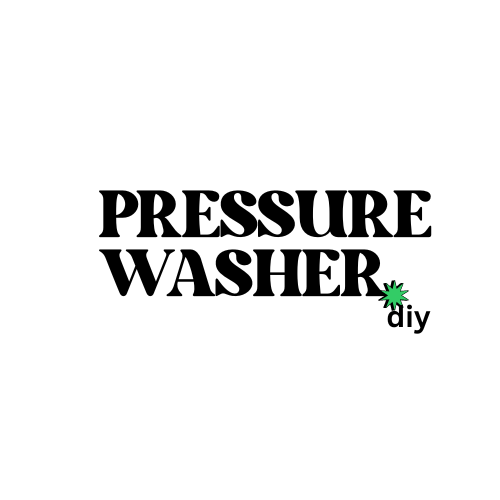Pressure washers are powerful cleaning tools that can make quick work of tough grime and dirt, but when the pressure washer head malfunctions, it can be a frustrating experience. Pressure Washer Head Repair involves diagnosing and fixing issues with the nozzle or wand of a pressure washer, ensuring your cleaning equipment operates at peak performance. In this comprehensive guide, we’ll dive deep into the common signs of repair needs, step-by-step DIY repair instructions, and the technical specifications you should know to keep your pressure washer in top shape.
Common Signs of Need for Repair
-
Low or No Water Pressure: If your pressure washer is not producing the expected water pressure, it could indicate a clogged nozzle or wand. This issue can be caused by debris, sediment, or corrosion buildup, preventing the water from flowing properly.
-
Water Leaking from Pump or Wand: Leaks from the pump or wand can be a sign of worn-out seals, damaged o-rings, or loose connections. These issues can lead to a loss of water pressure and potential damage to the pressure washer’s internal components.
-
Clogged Nozzle: A clogged nozzle is a common problem that can significantly impact the performance of your pressure washer. Debris, sediment, or corrosion can accumulate in the nozzle, obstructing the water flow and reducing the overall cleaning power.
DIY Repair Steps

- Inspect and Clean the Nozzle:
- Disassemble the nozzle by unscrewing or removing any attachments.
- Carefully inspect the nozzle for any visible debris, sediment, or corrosion.
- Use a wire, small brush, or other appropriate tools to gently clean out the nozzle’s interior, ensuring all obstructions are removed.
- Rinse the nozzle with clean water to remove any remaining particles.
-
Reassemble the nozzle and reattach it to the pressure washer wand.
-
Check and Replace O-Rings:
- Inspect the o-rings on the hoses and fittings for any signs of wear, cracks, or damage.
- Measure the diameter of the o-rings to ensure you have the correct replacement size.
- Carefully remove the old o-rings and replace them with new ones, ensuring a tight and secure fit.
-
Apply a small amount of silicone-based lubricant to the new o-rings to facilitate smooth operation.
-
Adjust or Replace the Unloader Valve:
- The unloader valve is responsible for regulating the water pressure in the pressure washer.
- If the unloader valve is malfunctioning, it can cause a loss of water pressure.
- Consult your pressure washer’s manual for instructions on how to adjust or replace the unloader valve.
-
Ensure the new unloader valve, if required, is compatible with your pressure washer model and has the appropriate pressure rating.
-
Replace the Pump:
- If the pressure washer’s pump is damaged or leaking, it may be more cost-effective to replace the entire pump assembly.
- Refer to your pressure washer’s manufacturer specifications to identify the correct replacement pump model.
- Follow the manufacturer’s instructions for safely removing the old pump and installing the new one.
Technical Specifications
-
Pressure Rating: Pressure washer nozzles can have a wide range of pressure ratings, typically ranging from 2,000 PSI to 4,000 PSI or higher. Ensure you select a nozzle that is compatible with your pressure washer’s maximum operating pressure.
-
Material: Pressure washer nozzles are commonly made of brass, stainless steel, or other durable materials that can withstand the high-pressure water flow and resist corrosion.
-
Dimensions: Nozzle repair kits and replacement parts can have specific dimensions, such as 10 x 7 x 1 inches, to ensure a proper fit for your pressure washer model.
-
Flow Rate: The flow rate of a pressure washer nozzle is measured in gallons per minute (GPM) and can range from 1.5 GPM to 4 GPM or more, depending on the pressure washer’s capabilities.
-
Spray Pattern: Pressure washer nozzles can produce different spray patterns, such as a narrow, high-pressure stream or a wider, fan-shaped spray. Choose the nozzle that best suits your cleaning needs.
Professional Assistance
While many pressure washer head repairs can be performed as a DIY project, there may be instances where seeking professional assistance is the best course of action. If you are not comfortable with disassembling and cleaning the nozzle or if the issue is more complex, such as a malfunctioning pump or unloader valve, it may be wise to consult a qualified technician. They can accurately diagnose the problem, provide expert guidance, and perform the necessary repairs to ensure your pressure washer operates safely and effectively.
